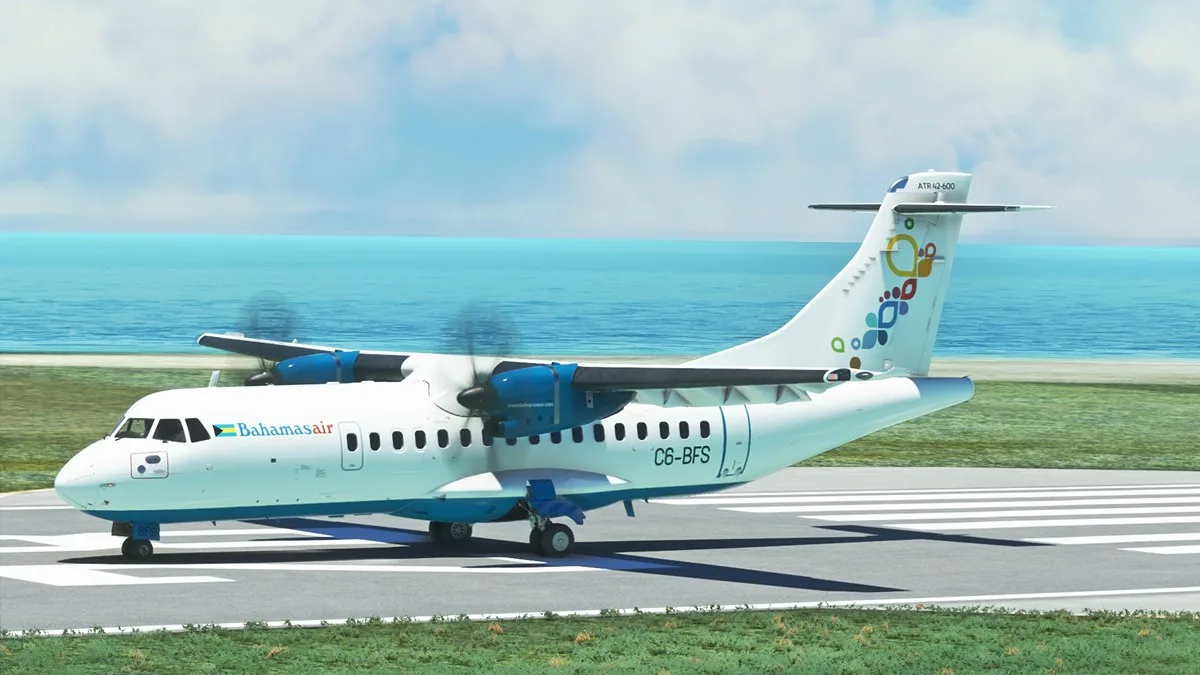In association with Aerosoft’s lead programmer, Hans Hartmann, Asobo recently released its long-awaited rendition of the ATR 42/72-600 for Microsoft Flight Simulator. These regional turboprops are a fairly familiar sight in different parts of the globe and remains as one of the last bastions of an era of aircraft that are becoming progressively more scarce in the commercial aviation world.
Simmers waited well over a year for the release of the ATR. That long wait, combined with it being the first of Asobo’s new “Expert Series” collection of add-ons for Microsoft Flight Simulator, all led to many simmers’ expectations being rather high. Alas, there were also some who were skeptical. I’ve been flying it since release day in late April, and within that time, I’ve conducted several flights with it in emulation of the real-world operations of Bahamasair (my home airline) and the Florida-based Silver Airways. Asobo’s ATR has ticked the most important box in my book: being fun.
Real-world turboprop chronicles
Before getting into the sim version of the ATR, I want to highlight why I was particularly excited about this add-on in the first place.
Having grown up in The Bahamas, which is an archipelago (a group of islands), I was frequently in the skies. This was due to the fact that, as you might imagine, the only way to get in and out of the country, or even just between the different islands is via air or sea. Air travel, albeit the most expensive, is the most direct way to island hop within the country.
Like many Bahamians, I was born in its capital—the island of New Providence. It’s home to a lot of major aspects of the Bahamas, including the home base of the national flag carrier, the aforementioned Bahamasair. Bahamasair has existed for several decades and is one of the largest and well-known airlines within the Caribbean region.
Through the ages, the airline has flown several different aircraft types, with the most consistent and identifiable to the average Bahamian being different models of the Boeing 737 family, accompanied by the Bombardier de Havilland Dash 8-300, or “the props,” as they’re colloquially known.
I’ve been flying regularly on the airline since I was a literal infant, so throughout my childhood, being from the early 2000 onward, I essentially ‘grew up’ on the Dash 8, in particular.
These dearly beloved props with the famous, long ‘droning’ sounds that hum from their engines were eventually phased out of Bahamasair’s fleet, starting with the arrival of the airline’s first ATR aircraft in 2015. It was an ATR 72-600, registered C6-BFQ (fun fact: it was written off after a tornado damaged it and was replaced by C6-BFW).
That aircraft was quickly joined by four others: another ATR 72-600 and the three smaller ATR 42-600s. Together, they’ve been serving the islands for nearly a decade. For the inter-island domestic operations, these aircraft serve their role well. Many airports in The Bahamas are small, uncontrolled airfields that most modern jetliners would find it hard to get in and out of. But, these turboprops, especially the nimbler ATR 42s, are perfectly fine running these short island hops.
ATR’s relationship with Bahamasair was only the beginning of its expansion within the rest of the region, as now the aircraft type is being flown by other Caribbean carriers, such as Caribbean Airlines (Trinidad & Tobago,) Liat (Leeward Islands) and interCaribbean (Turks & Caicos).
So, to bring it back to the discussion at hand—this is why I was eagerly awaiting the ATR. It’s been nearly ten years since I’ve been flying on the type regularly, so seeing it now represented in Microsoft Flight Simulator was certainly an interesting surprise when it was first announced. However, after now having flown it several times in the sim for myself, I’d say Asobo and Hans Hartmann hit all the right notes.
Different dynamics
What I believe as one of the key reasons that drummed up interest in the ATR’s release for Microsoft Flight Simulator is the fact that it’s not a jet. This certainly was one of my own reasons for being excited.
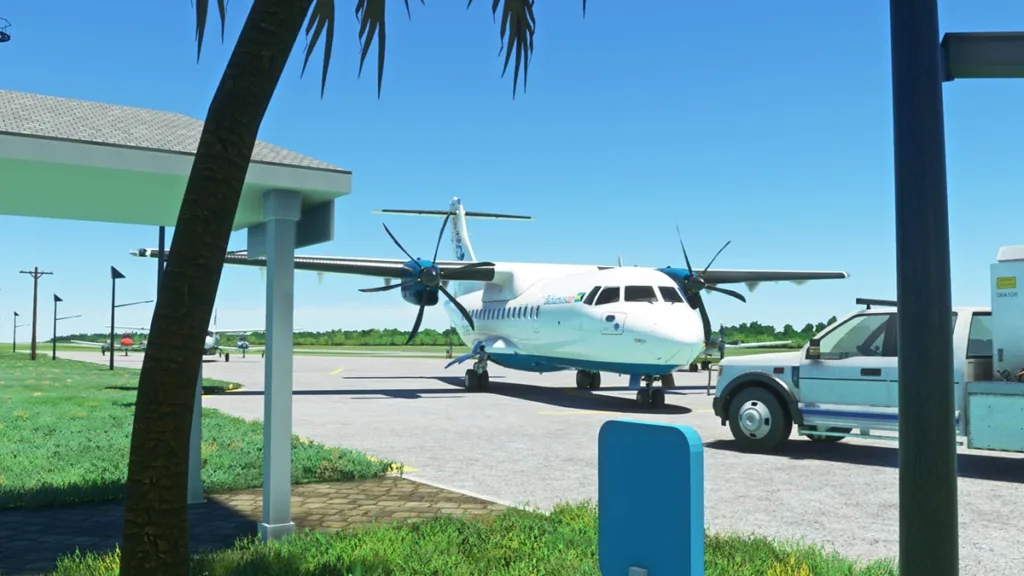
Microsoft Flight Simulator launched with a good variety of default aircraft, but most of which were small, general aviation planes. The limited number of default airliners, even including the two extras bundled into the Premium Deluxe edition, all consist of modern jets: the Boeing 787-10 (PD), Boeing 747-8 (PD) and Airbus A320neo.
For early adopters of Microsoft Flight Simulator, the wait for more airliner releases would be a long one. The first of which, the Aerosoft CRJ-700, didn’t come until March 2021. The incredibly hyped PMDG Boeing 737NG didn’t see the release of its first variant, the -700, until May 2022. There are a handful of other airliners that have come out for the sim since, but, again, the vast majority have been jets.
Of course, they’re all quite different from one another. However, with the ATR, there’s an even more stark contrast since it’s a turboprop. So, after nearly a full three years since the sim’s launch, it’s nice to have an airliner that truly is different.
A unique flier
Even within the confines of the sim, Asobo has captured the essence of the ATR 42/72 rather well.
The modeling is very well done. Its almost comically stubby engines (which feature a nicely tuned sound package in the sim), along with its oddly shaped fuselage and high wing design, are all represented well here.
In my eyes, the ATR is kind of like a pug: it’s so ugly that it’s cute, in a very strange sort of way. It’s certainly not as sleek as the Dash 8’s more jet-like design (which is part of why I continue to be a little fonder of it.)
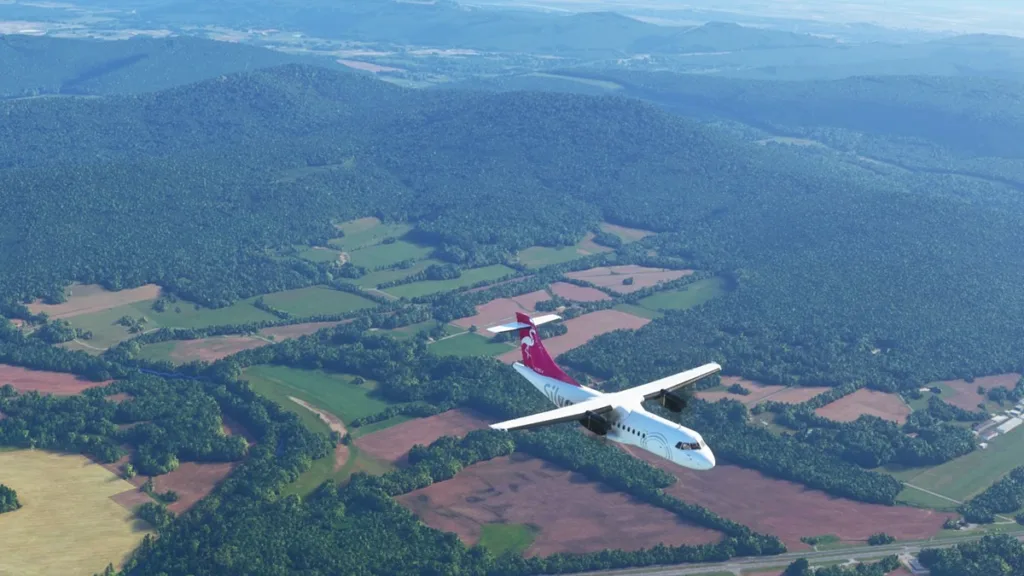
Asobo made sure to include a virtual cabin that’s freely explorable, complete with nice texture work both here and within the main cockpit. Of course, the inclusion of animated doors is also a nice touch; a feature still missing on many of the default aircraft.
On that note, yet another unique design aspect of the ATR is the fact that cargo sits at the front, right behind the cockpit and passengers are instead loaded from the back. In the real world, this makes the loading operations for the ATR a bit different than a typical commercial aircraft, as the plane must be carefully balanced throughout the loading process to ensure its lighter tail section does not begin to tip backward.
This unique quirk isn’t really taken into detailed account within the sim, as loading operations via the included EFB (Electronic Flight Bag) are pretty basic in their current iteration.
Speaking of the EFB, it and the rest of the included aircraft avionics are well modelled. The glass cockpit of this modern turboprop is very reminiscent to that of the Airbus family, which makes sense as ATR is partly owned by Airbus and it manufactures some of this airframe’s components.
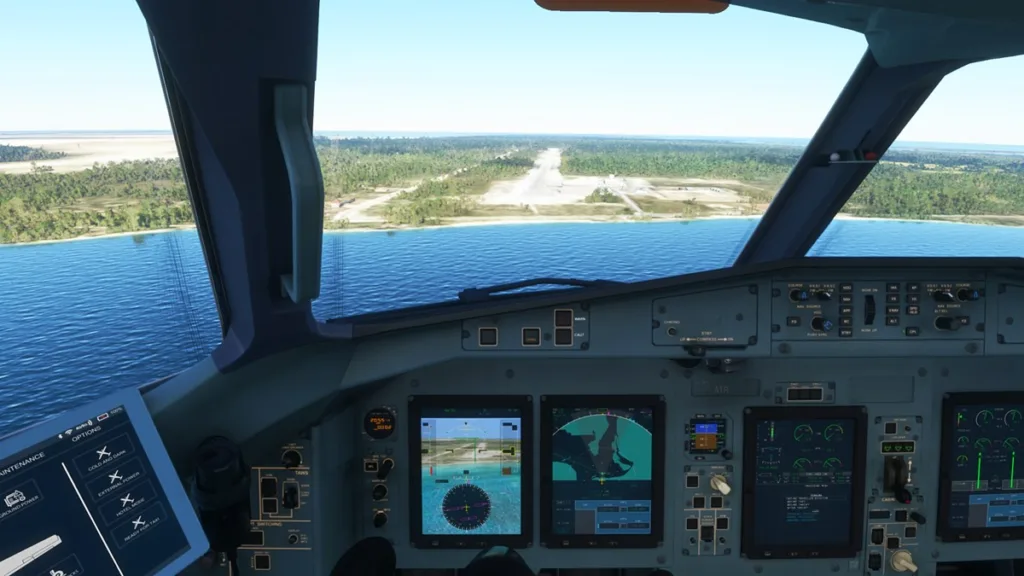
Asobo’s ATR includes a functioning FMC, along with a weather radar and other features. Even the ATR’s unique ‘Hotel Mode’ is included, consisting of its right engine sporting a propeller brake that allows the motor to run without spinning the propeller. This allows the full suite of the aircraft’s systems (like computers and AC) to fully operate without a ground power unit—another big advantage for operations in small airfields.
Once you get the hang of its basic functionality and behavior, getting the aircraft started up from a cold and dark state is not hard at all. Arguably, it is even simpler than some of the jetliners.
That said, the aforementioned EFB features different states that can be activated at the push of a button, including a ‘Ready for Taxi’ option that will get the aircraft completely ready for you to roll away from the gate.
The only real ‘complex’ task that more casual fliers will have to get used to is setting a flight plan in the plane’s FMC.
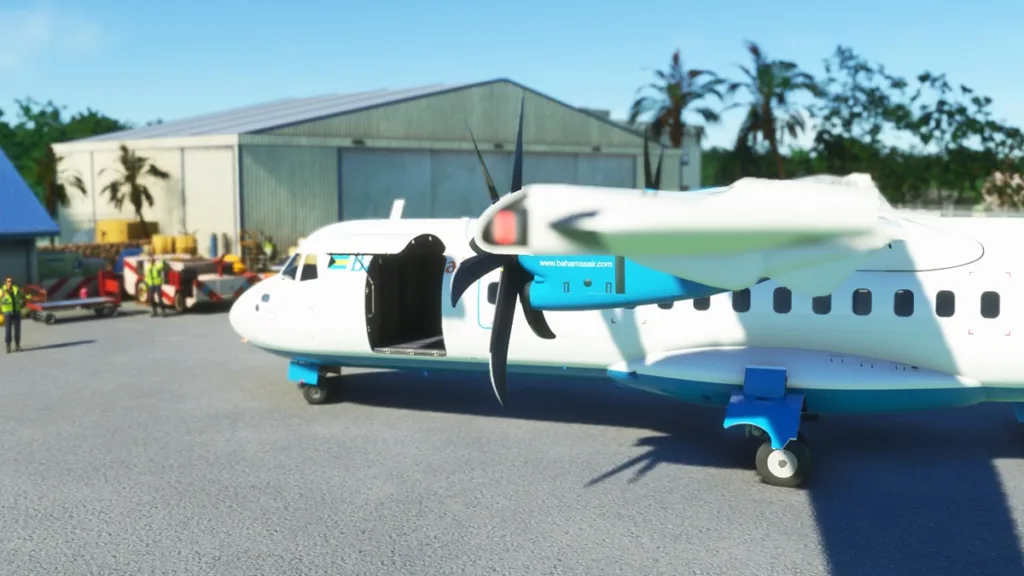
Unlike some other aircraft in Microsoft Flight Simulator, setting your flight plan from the World Map before your flight will not load it into the ATR’s computers. This, including all of the other parameters are explained in a handy series of tutorial videos that Asobo prepared to help newcomers with flying the aircraft.
On that note, then, does it live up to its title as an ‘Expert Series’ add-on?
Prop master
Asobo officially describes the ‘Expert Series’ as a collection of aircraft that are meant to realistically portray their real-world counterparts. This puts them in a higher tier of complexity compared to that of most of the default aircraft and Asobo’s other add-on collections (Local Legends and Famous Fliers being the only two, thus far).
As the first entry in this new series, the ATR does set an interesting precedent. On one hand, it’s not a particularly complex aircraft to begin with. But, the lengths that Asobo and Hans Hartmann went to in order to simulate its flight characteristics and systems are notable.
The ATR certainly flies differently than a jet. Firstly, it doesn’t climb particularly quickly. Even when it gets up to speed, it’s still not all that fast. It’s a little floaty when landing and requires some rudder control to keep it in a straight line. Some of these quirks come down to the sim itself.
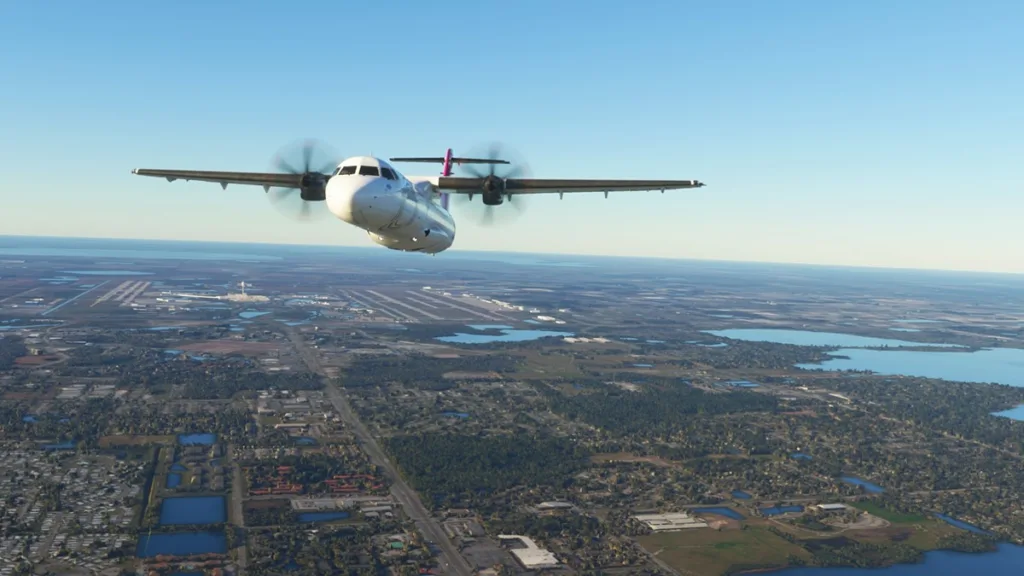
There are other aspects of flying this aircraft, however, that are legitimate bugs, such as its odd throttle behavior, parts of its avionics causing performance issues and even its computers sporadically freezing up entirely.
At the time of writing, extremely quickly a patch has been released to fix most of the bugs, albeit some users are still reporting others.
Pitfalls aside, if the design and overall execution of all of first package is an indicator as to what we can look forward to with future releases in this new first-party add-on collection, then, this provides an interesting answer to the initial question of this piece: “does the ATR live up to its title as an ‘Expert Series’ add-on?”
It’s this terminology which initially led to some controversy with certain simmers over whether or not this would be worthy of being called a “study-level add-on”.
“Study-level” is more of a buzzword than any sort of official descriptor. Yet, particularly when it comes to payware aircraft like this, there will always be those who argue for or against, as to whether it matches the unofficial standards of what that term means.
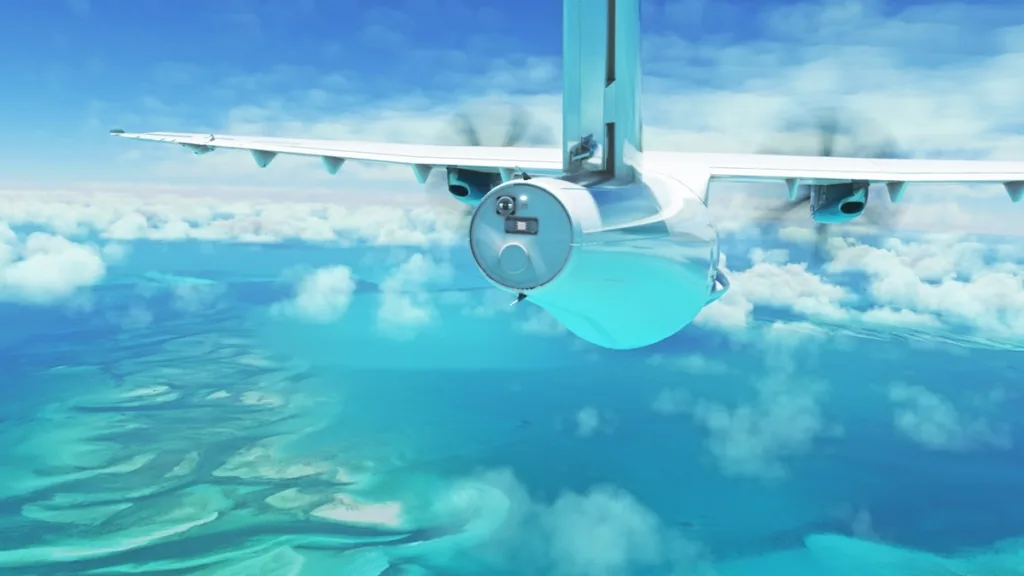
Of course, opinions change depending on who you ask. So, if that’s what you were wondering about Asobo’s ATR, my best answer is: it does its job.
It gets the job done
As I stated at the onset of this review, the ATR is a very fun aircraft to fly. It’s modelled well, sounds good, has a fresh avionics suite and requires the same level of processing power as any of the given airliners in the sim.
Thus, anyone who’s been enjoying airline operations in Microsoft Flight Simulator will enjoy this as long as they’re open to adapting their flying style to a slower, more nimble aircraft.
While it has its rough spots, some have already been ironed out and it will only improve with time. The icing on the entire cake that I haven’t even mentioned yet is its price.
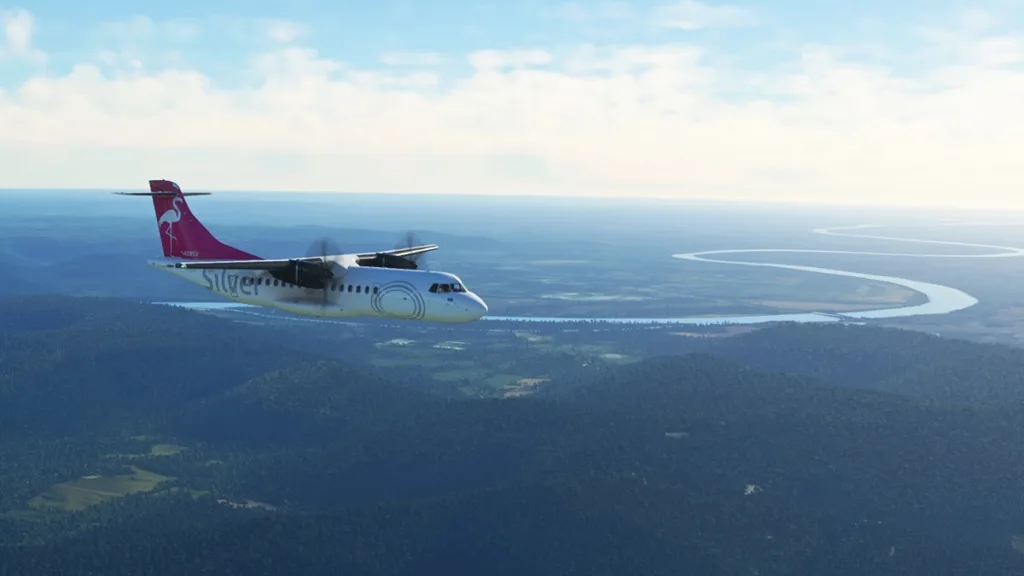
At $19.99 USD, the ATR is also one of the most affordable and genuinely high-quality add-ons that Microsoft Flight Simulator has received to date. This low price is not indicative of sub-par quality, but rather just a benefit to it being a first-party release that has the privilege of being offered for so little due to its development being funded by Microsoft’s infinite pool of money.
With the ATR, you can handle a lot of interesting operations that either emulate real-world routes or create some of your own. With it being able to get out of even simple airfields, the ATR’s versatility is well represented here in Microsoft Flight Simulator and adds a whole new layer of immersion to the sim.
In the real world where turboprops are no longer as common as they used to be, it’s nice to see the type finally getting some solid representation in the virtual realm.
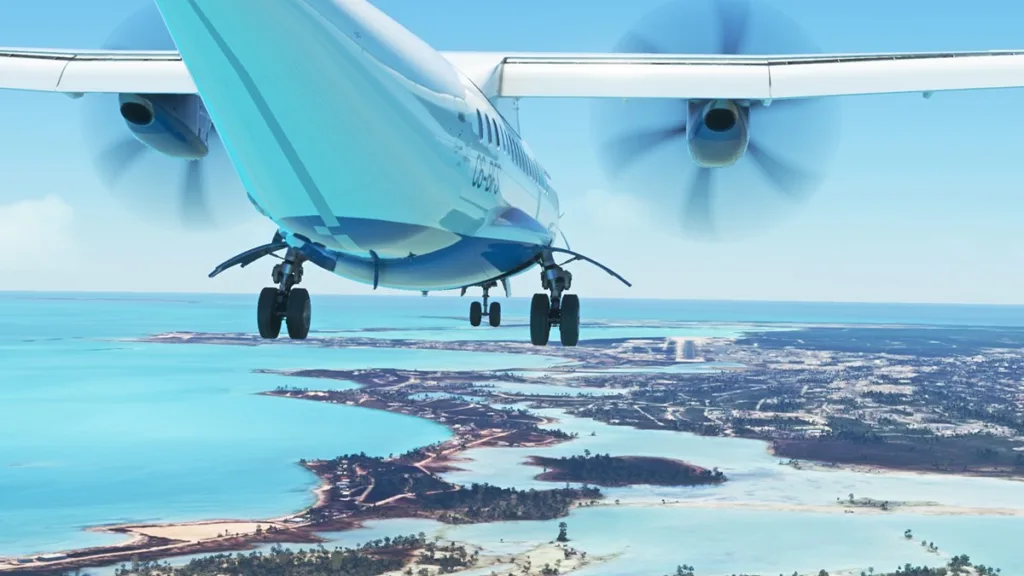
Check out more Microsoft Flight Simulator features:
The turbulent tales of “study level” Microsoft Flight Simulator add-ons

